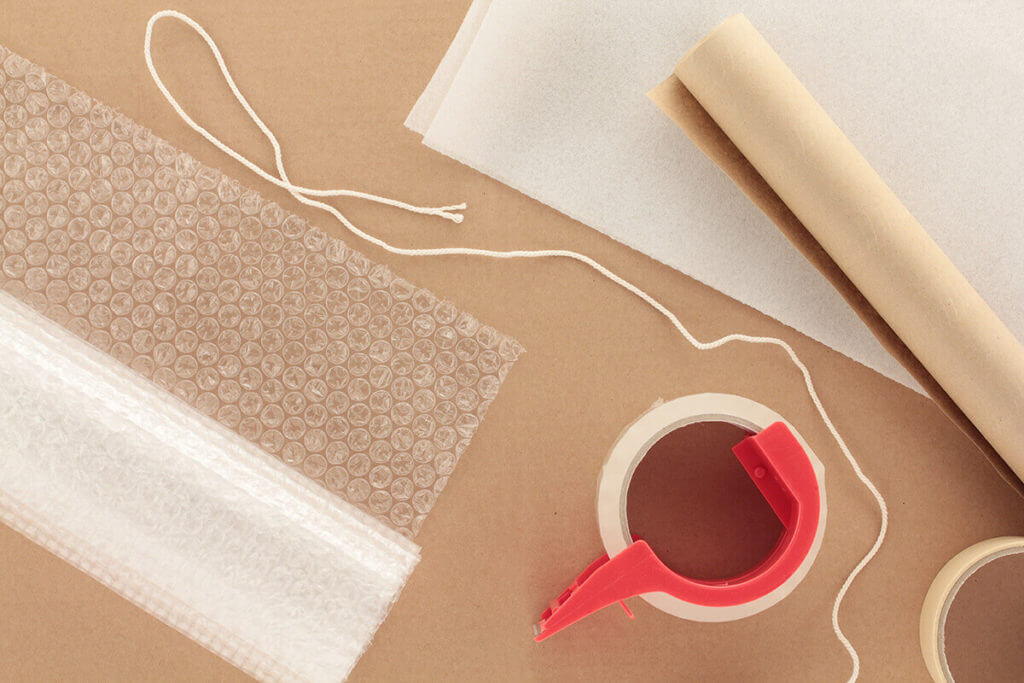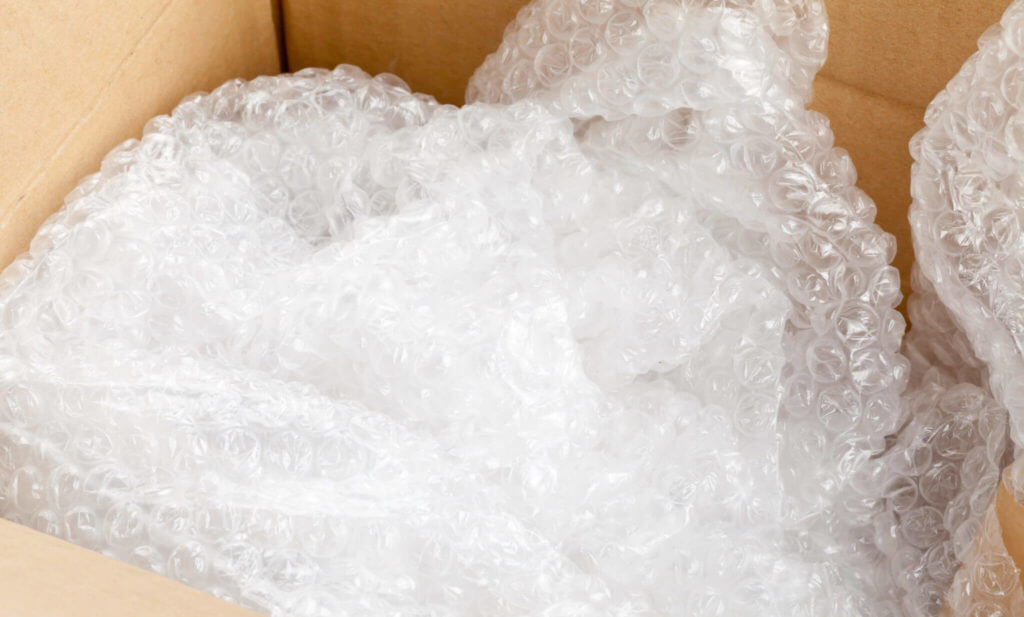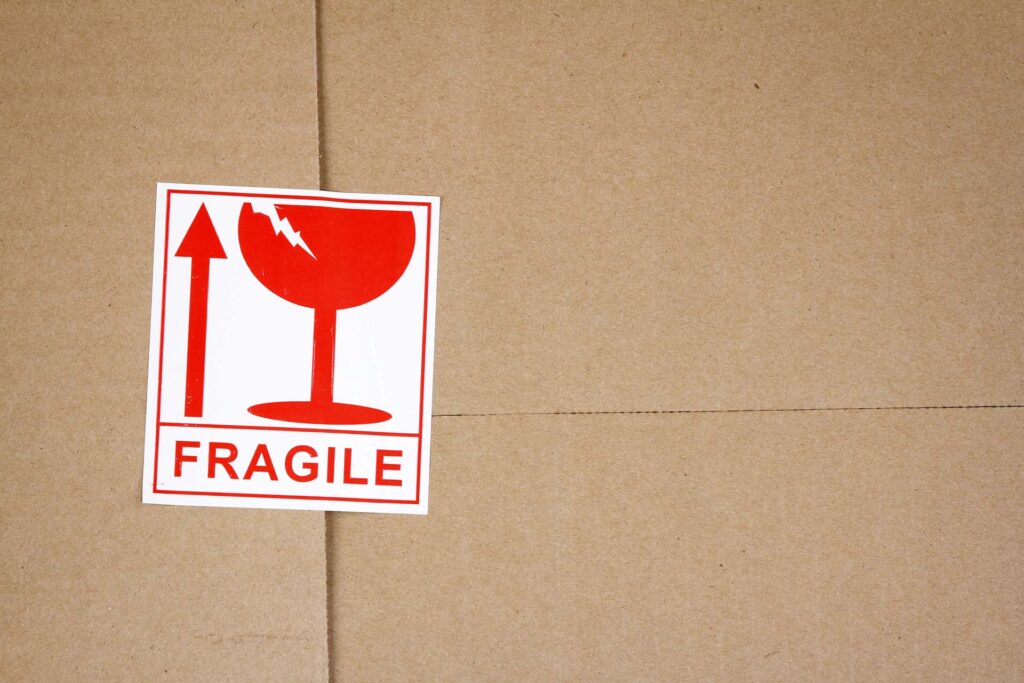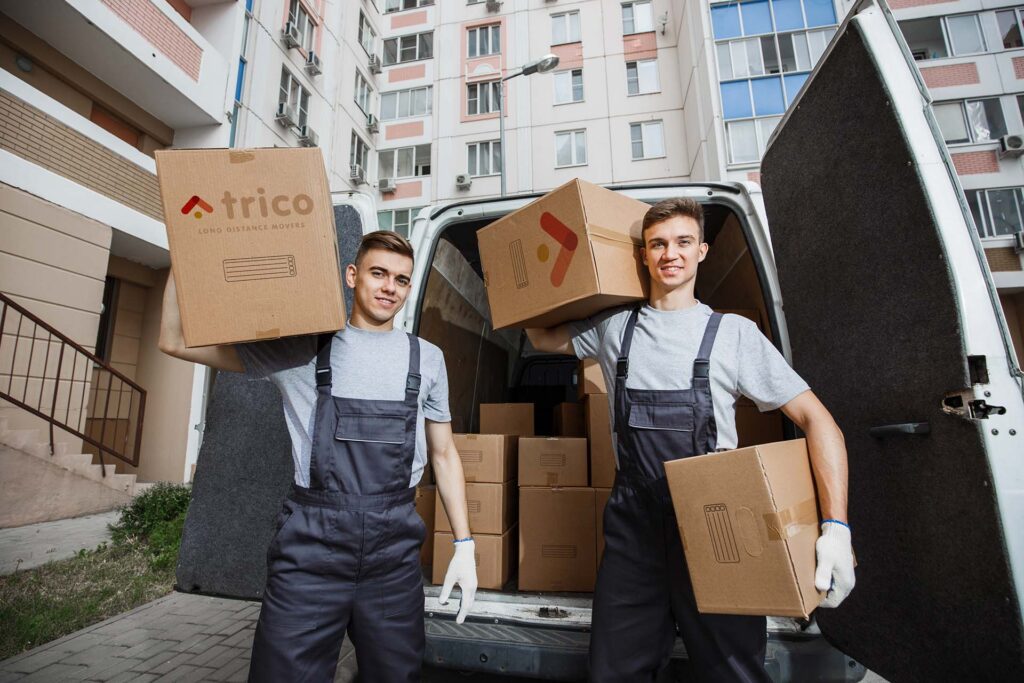When it comes to the delicate task of relocating your reflective treasures, knowing how to pack a mirror for moving is essential. They can enhance any space, but their fragility demands special attention during transportation. Let us explore expert tips and techniques that will ensure your fragile item reaches its future destination unscathed, allowing you to enjoy its beauty for many years to come.


When learning how to wrap a mirror for moving, start by assessing the type of items that need to be relocated. Gather all the necessary supplies for a streamlined boxing-up process. Unmount the item from the wall, clean it, put the X across the surface, wrap it in bubble wrap, protect the corners, and place the object in the specialized box before sealing it. Following these steps will help you mitigate some common relocation mistakes.
The consensus among most interior designers is that every room in your household can have a mirror as long as it serves a specific purpose, according to the Gigant Glass and Mirrors website.
Learning how to pack fragile items is crucial due to several compelling reasons. First and foremost is their inherent fragility. Mirrors, with their delicate glass surfaces, are exceptionally vulnerable to damage during transit. A single mistake can result in unsightly cracks or shattering, rendering them unusable.
With prices ranging from $30 to $3,000 and beyond, they often carry significant financial value. Moreover, they may be heirlooms passed down through generations or valuable decorative pieces acquired over time. Hence, mastering the art of efficient packing is not just a matter of practicality but also a safeguard for preserving their worth and memories during transportation.

Mirrors come in various shapes and sizes, each with its unique characteristics and requirements that need to be addressed adequately. Understanding their specific packaging needs is essential for a successful and safe relocation.
Wall-mounted mirrors, though often sturdy once in place, can be very heavy and delicate at the same time. Their size and weight necessitate careful handling and secure packaging to prevent damage to the glass and frame. Pay close attention to the mounting points, as these can be weak spots. Ensure they are adequately reinforced and protected, or detach and store them in the labeled bag to avoid breakage.
While these may be smaller than their full-length counterparts, they are by no means exempt from the need for careful handling. Their compact size means that even minor damage can be noticeable, so proper wrapping and securing is essential. Pay attention to their fragile edges and corners, which are susceptible to chipping or cracking. Extra padding and support in these areas are crucial.
So, how to move large mirrors across the country? You are probably aware that full-length pieces present a unique challenge due to their size. Their length and width demand attention to detail when securing and boxing up, ensuring they remain intact throughout this transition.
Pay close attention to the center, which can be a weak point due to its extended surface. Reinforce these large items with appropriate cushioning and support to prevent bending or breaking.
The frames on these items often boast intricate ornaments and designs, making them especially fragile. Special care and added protection are necessary to safeguard these ornate pieces, preserving their beauty during relocation.
Pay attention to the delicate embellishments, as they are weak points that can easily chip or detach. Wrap them carefully and consider using protective covers to shield them from potential damage.

Efficient relocation requires the right tools and supplies to ensure the safe shipping of your belongings to another state. Moreover, using the appropriate packing materials not only protects your items but also ensures a stress-free relocation experience. Here’s the list of different packing materials that will make your boxing-up process a breeze:

Packing fragile items shouldn’t be rocket science. That’s why it’s crucial to adhere to the specific steps when relocating to a new home. This can make all the difference in ensuring your item’s safety and preservation. Each step plays a vital role in mitigating the risks associated with moving delicate things, ensuring they arrive intact and ready to enhance your new space.
Before you can begin packing, carefully remove all of your mirrors from the wall. Take your time when detaching them, especially if you have some larger pieces. This initial step sets the stage for a smooth boxing-up process.
Use the appropriate tools and support to gently lift it off its mounting, being cautious not to strain the glass or damage the frame or binding. If the object is cumbersome, consider seeking assistance to ensure a secure removal.
Once your mirrors are off the wall, have a nice and thorough move-out cleaning of their surfaces. A clean item is less likely to accumulate smudges or dust during transportation, reducing the risk of damage.
Use a gentle glass cleaner and a lint-free cloth to remove any dirt or residue. Ensure it is completely dry before proceeding to the next steps. This extra effort in cleanliness will go a long way in preserving its pristine condition during transit.
Check the video below from Rachael Ray Show for easy tips on how to remove dirt from your reflective surfaces.
To protect the reflective surface from potential shattering, apply an X pattern with masking tape. This simple yet crucial step helps hold the glass together if any breakage occurs, minimizing damage.
Start by attaching one end of the tape to the top corner and then diagonally across to the bottom corner. Repeat this process for the other two corners to create a sturdy X pattern. This added layer of security can be invaluable in safeguarding your mirror during transit.
Wrap the item carefully in bubble wrap, ensuring complete coverage. The material acts as a protective cushion, absorbing shocks and preventing scratches or cracks. Begin by placing the item face down on a flat surface and unrolling a sufficient length of bubble wrap.
Gently lay the reflective surface on the wrap and cover it entirely, ensuring that no part of the glass is exposed. Use duct tape to secure the bubble wrap in place, paying extra attention to the edges of the wrap to avoid unwanted openings and accidents.

Use protective corner covers or extra layers of padding to safeguard these weak points and create additional cushioning against the shocks. They are often the most delicate areas of a mirror, prone to chipping or cracking if not adequately protected.
Specialized boxes are crafted to accommodate mirrors of various sizes and shapes. Place the wrapped item inside the crate carefully, ensuring it fits snugly without any excess space for movement. Fill any gaps with foam peanuts or additional cushioning to prevent shifting during transportation.
The sealing and labeling step is crucial in communicating the delicate nature of the contents inside to movers and handlers. Proper labeling also aids in organized unloading and easier unpacking after relocation, minimizing the chances of accidents or mishandling. Mark the crate as “Fragile” and indicate the correct orientation with the “This Side Up” sticker to ensure careful handling during the move.

Relocating can be a daunting task, and it’s easy to fall into common pitfalls that can lead to breakage or disorganization. By recognizing these mistakes and knowing how to avoid them, you can save yourself money, time, and the frustration of damaged belongings. Here’s a list of some common boxing-up mistakes and the best strategies to sidestep them:

Properly planning your relocation, starting with organizing your boxing-up process on time and avoiding last-minute rushes, is crucial for a seamless transition. At Trico Long Distance Movers, we understand these things perfectly. Our long-distance moving services are designed with the utmost care and attention to ensure that every item arrives at your new destination in pristine condition.
Moreover, with our professional packing services, you can trust us to handle even the most fragile items with precision and care. Instead of googling “long-distance movers near me,” contact Trico Long Distance Movers today. We’re here to make your journey as worry-free and secure as possible.
When securing a reflective surface for transportation, it’s advisable to use painter’s or delicate surface tape. These types of tape are designed to minimize the risk of damaging the item’s finish, ensuring it arrives in pristine condition.
To safeguard mirrors that lack frames during a cross-country moving journey, consider covering them with a layer of bubble wrap or packing paper. Afterward, use a tape to hold the protective material in place, providing an extra layer of protection.
Transporting large reflective surfaces requires careful planning and the right materials. First, measure it to ensure it fits safely in your chosen vehicle. Remove any wall-mounting hardware or brackets.
Use specialized boxes or create a custom crate using cardboard sheets for added protection. Wrap the item in bubble wrap, securing it with tape, and consider using cardboard corner protectors. Load it upright in your relocation truck, securing it to prevent shifting during transit.
You should know that hiring professional movers can be a wise choice for transporting delicate things, especially if you’re not confident in your ability to do it safely. Professionals know exactly how to pack a mirror for shipping.
They have the experience and the necessary equipment to secure these items during long-distance relocation. They can also provide insurance coverage in case of damage. It’s worth considering their services to ensure that your belongings arrive at your location in pristine condition.
If your items don’t fit inside mirror packing boxes, you can always create a custom-sized container using cardboard sheets. Ensure the reflective surface is well-padded and protected within this makeshift box to prevent damage during transit.
Labeling is crucial during relocation to ensure the safe handling of your package. Mark the box containing it with “Fragile” to alert movers and handlers, and specify the correct orientation, such as “This Side Up,” to prevent mishandling.
If your reflective surface sustains damage during transportation, prioritize your safety to avoid injury and then carefully remove any broken glass. Document the damage for insurance purposes if applicable, which can help with potential claims for repair or replacement.